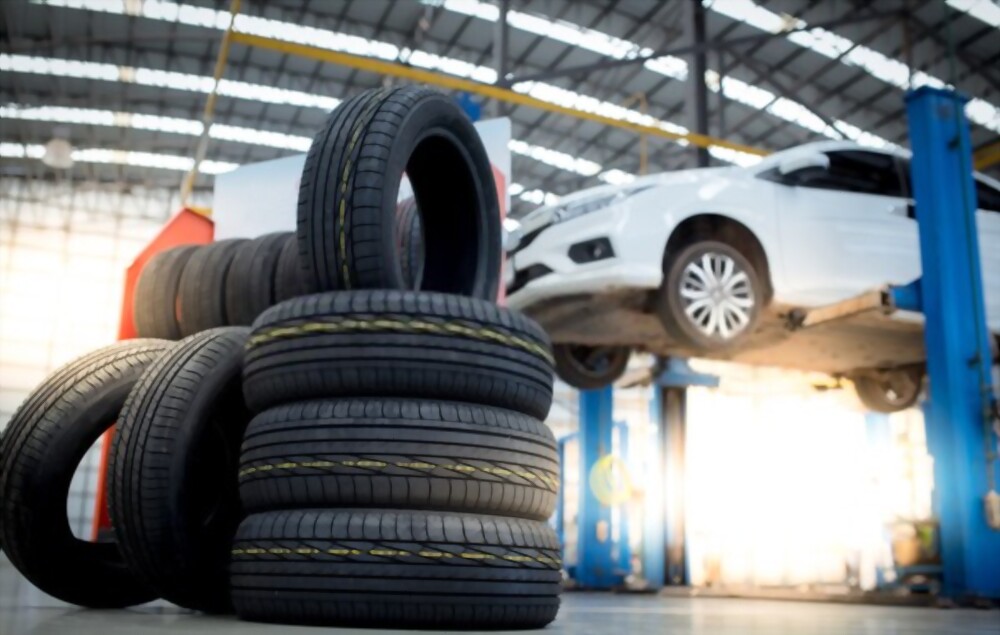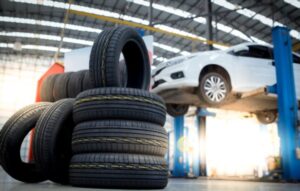Heading: Understanding Tire Sidewall Damage
When it comes to maintaining the safety and performance of our vehicles, tire maintenance should never be taken lightly. One common issue that car owners may encounter is tire sidewall damage. It can occur due to various reasons such as hitting a curb, driving over potholes, or even hitting debris on the road. While it may initially seem like a minor concern, tire sidewall damage can significantly affect the overall integrity of your tires, jeopardizing your safety and that of other road users. Therefore, it is essential to understand the severity of this damage and make an informed decision on whether to repair or replace affected tires.
Heading: Evaluating the Extent of Sidewall Damage
Naturally, the first step in addressing sidewall damage is assessing its severity. Upon noticing any signs of damage, such as bulges, cuts, or tears on the sidewall, it is crucial to have them thoroughly examined by a professional tire expert. This examination will help determine whether the damage is superficial or if it has penetrated the inner layers of the tire, compromising its structural integrity. It is important to note that attempting to repair a severely damaged tire can be futile and might lead to unexpected tire failure down the road, posing a serious risk to your safety.
Heading: To Repair or Replace: Weighing Your Options
Repairing a tire sidewall may sometimes seem like a more cost-effective solution compared to replacing the entire tire. However, it is essential to consider certain factors to make an informed decision. Firstly, reputable tire repair shops will only recommend repairs if the damage is minor and does not compromise the tire’s performance. They will assess the location, size, and extent of the damage to determine if a repair is feasible. Additionally, it is crucial to note that some types of tire damage, such as sidewall bulges or cuts that extend to the shoulder area, cannot be safely repaired due to their impact on the tire’s structural integrity.
On the other hand, replacing a damaged tire guarantees your safety and offers long-term benefits. New tires provide better traction, improved fuel efficiency, and smoother handling, ensuring a more comfortable and secure driving experience. Furthermore, by replacing damaged tires, you eliminate the risk of experiencing unexpected tire failure while on the road. Your new tires will also be more resistant to future damage, prolonging their lifespan and reducing the likelihood of costly repairs or replacements in the near future.
Heading: Prioritizing Your Safety
When making the decision to repair or replace a tire with sidewall damage, the most important factor to consider is your safety. While repairing an undamaged sidewall may seem like a cost-effective choice, compromising safety is never worth the risk. Tire sidewall damage weakens the structural integrity of the tire, making it more susceptible to blowouts and tread separation, leading to potentially dangerous situations. Therefore, it is always recommended to replace damaged tires to ensure optimal safety on the road.
In conclusion, tire sidewall damage should not be overlooked or underestimated. When faced with such damage, it is imperative to consult a professional tire expert who can properly evaluate the severity of the damage. While repair may sometimes be possible for minor damages, it is crucial to prioritize safety when making a decision. Replacing damaged tires guarantees the integrity, performance, and longevity of your tires, ensuring a safe and enjoyable driving experience. Don’t compromise your safety or that of others on the road—invest in new tires to maintain the highest standards of vehicle maintenance.


